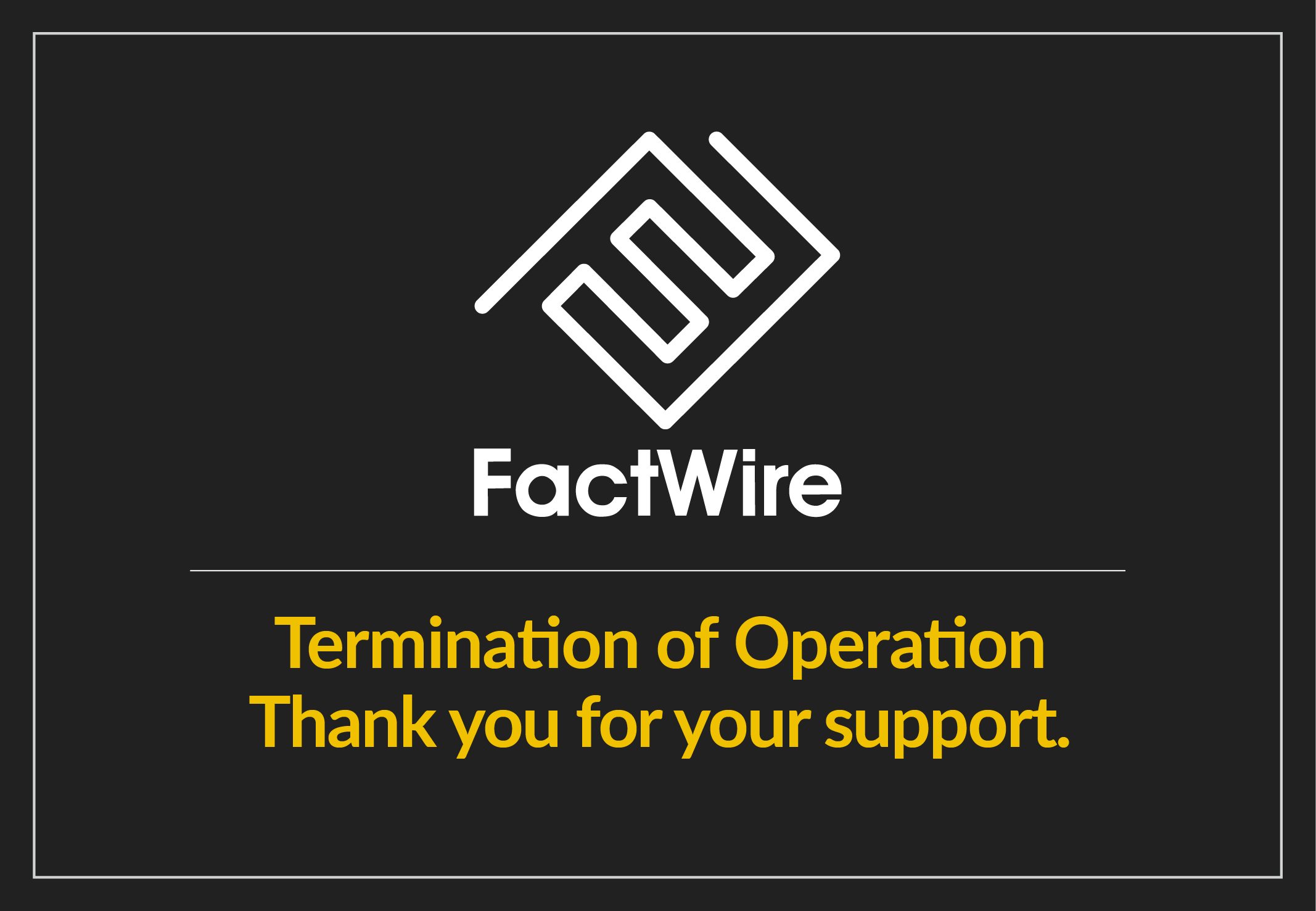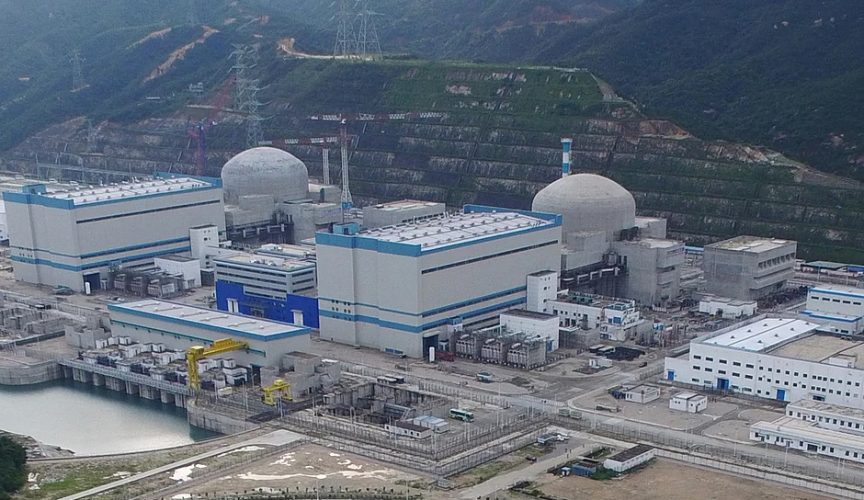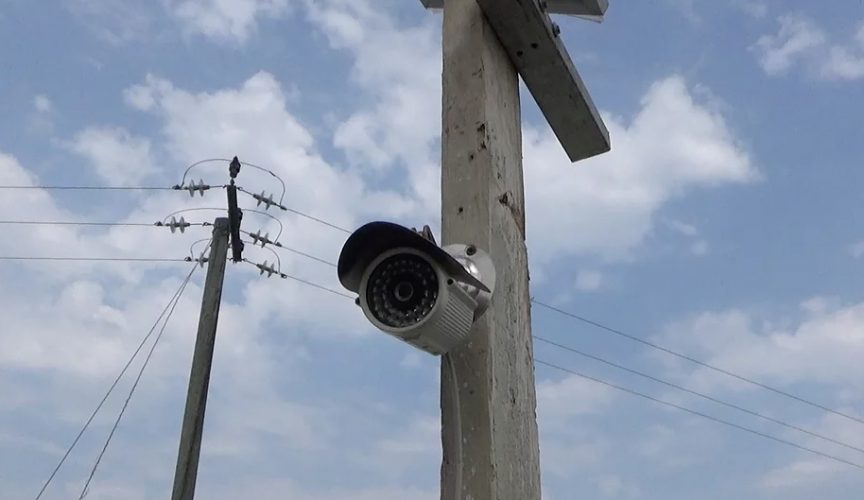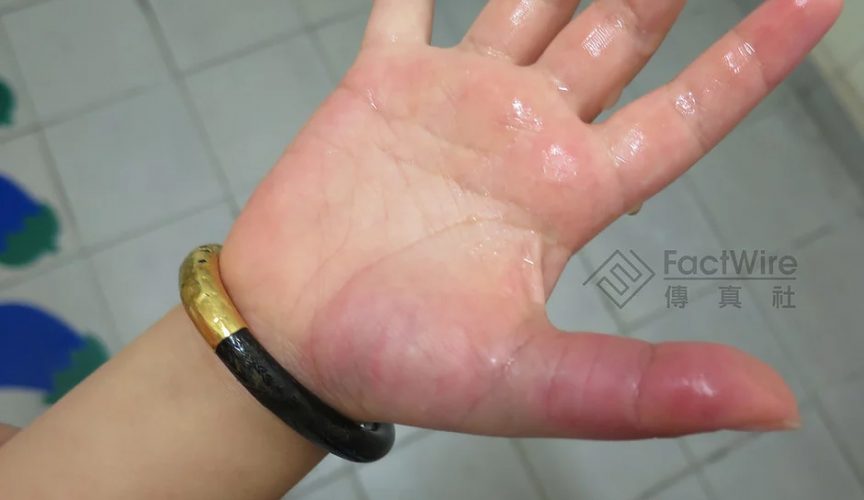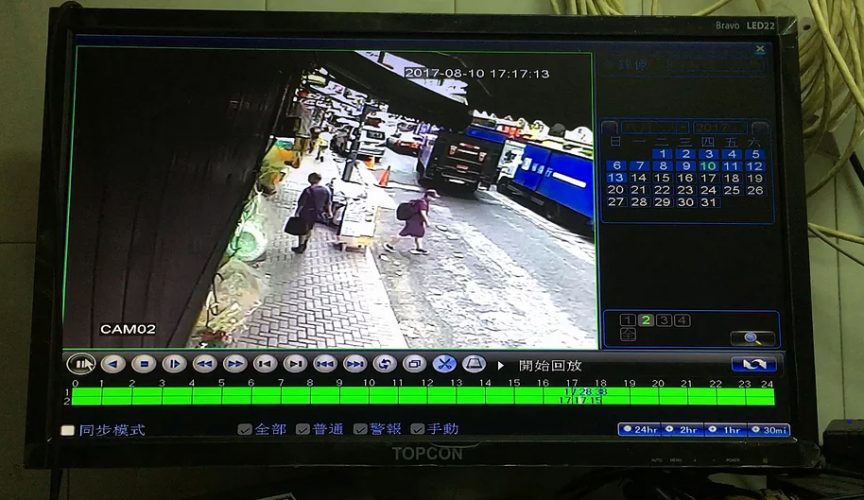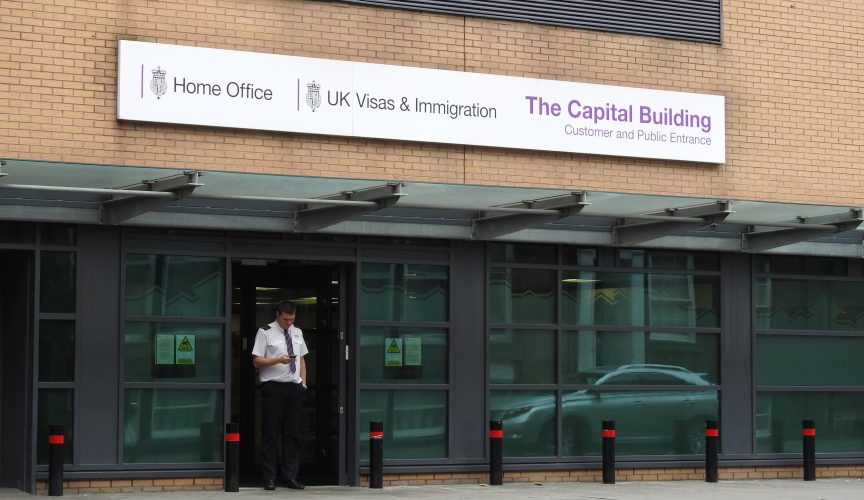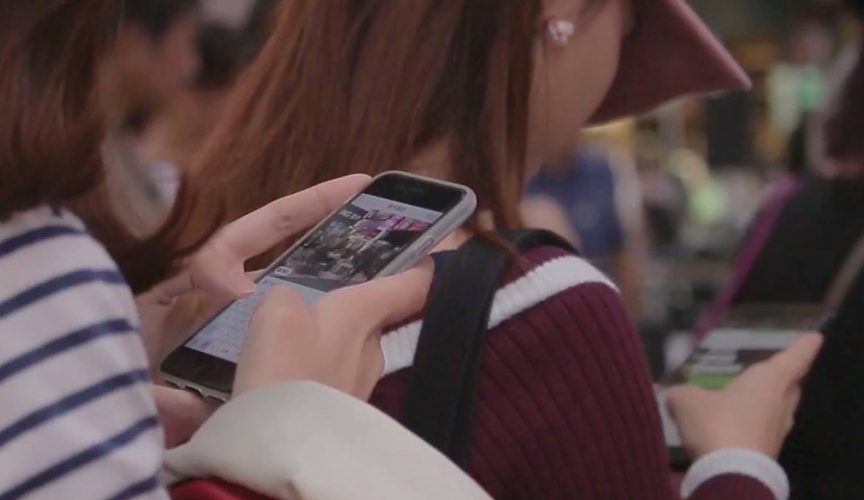Why our investigation into fire-resistant cables matter
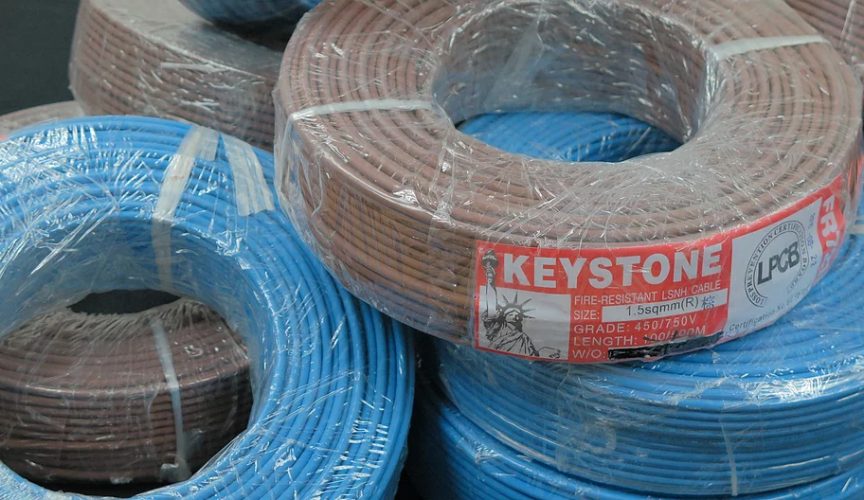
The fire alarm in the building rang for quite some time, but stopped abruptly when people were still juggling between escape or stay. Contrary to being a false alarm, the ringing stopped due to cables unable to maintain electricity supply under high temperature, where the fire occurred. The emergency generators, ventilation and sprinkler systems all failed to operate as a result.
Did the above occur during fire accidents before? Did it cause any casualty?
These were questions that came into our minds when we received a complaint on fire-resistant cables in 2016. According to the complainer, who cited test reports, some fire-resistant cable models widely used in Hong Kong fail to maintain electricity supply under high temperature within a short period of time.
This contrasts to international requirements which specifies at least a 3-hour duration under high temperature. If sources are verified, we believe that the magnitude of effect would be similar to the case of excessive lead content in drinking water, involving the concerns of fire safety and public housing, government infrastructure and private development projects installed with the cables concerned.
Insisting on independent sampling, testing and inspection
We declined collecting materials for our report with a methodology that is most convenient and saves money and time.
Although our informant provided test reports to FactWire and added that they could also provide cable samples for testing by accredited laboratories, since we could not verify the sources of the cables, the sample collection and testing methods, we declined as it could not fulfil our principles of conducting “independent” investigations to strive for “accuracy”.
We also endeavored to avoid involved companies or government departments dismissing the findings of our report, which involves huge public interest, with reasons such as “cable sources being unknown” or “simply a vilifying act”.
The biggest challenge we faced is to acquire cable samples from verifiable origins independently, which exhausted a great deal of time and manpower. Reporters visited numerous retail stores and found that most stores do not sell the cables concerned, and that the manufacturer “does not take individual customer’s orders, but only orders from ‘acquainted companies’”.
Reporters then approached the manufacturer, a factory located in the mainland, for “business deals”, and later bought cables in bulk from the factory.
Despite having brand-new samples in hand, reporters hoped to obtain installed fire-resistant cables for testing as well. We visited many construction sites which use the same cable models concerned, according to a job reference of the manufacturer.
Six months later, with the assistance from professionals, we witnessed the sampling processes of four cables installed in the recently-completed construction area of On Tat Estate in Kwun Tong, as well as standby cables in the improvement project of Kowloon Tong metro station.
Our reporters mulled over the testing methods, standards and choosing a credible provider of certification services to carry out tests on the cables. Spending HK$100 thousand for testings, we delivered the cables to the laboratory in the Netherlands in person to ensure a smooth process.
Under the principle of “being open and honest”, FactWire published all test results. Results show that half of the samples collected in On Tat Estate passed the tests, and one of them stopped supplying electricity after only 26 minutes. The cables from the factory and the improvement project of Kowloon Tong metro station passed the tests. Sources told FactWire that it may be related to the complaint being known within the industry, so the manufacturer swiftly took action and stopped supplying problematic cables to contractors.
We respect all parties involved in the case without bias. To ensure the accuracy of our report, we sought replies from all stakeholders, including the manufacturer, government departments involved in cable inspection and approval, associations that received the complaint as well as the developers or organizations employing the cables concerned in their projects.
During the process, industrial sources and government officials tried to convince FactWire in private against publishing the report, in view that the case could affect competition within the industry, and that the report could be pointing a finger at a certain manufacturer.
Aiming to reveal the loopholes in the inspection and approval system
We would like to emphasize that it is the public interest that drove us in the pursuit of truth, and we have insisted on conducting investigations independently and reporting only verified facts. We also hope to address the system, the root cause of the problem. Therefore, we reported about the government departments involved, including the Fire Services Department (FSD), Electrical and Mechanical Services Department (EMSD), Architectural Services Department (ArchSD) and Housing Department (HD).
Upon receiving the complaint, these departments committed to follow-up action. However, instead of sampling cables for inspection, these departments merely re-inspected the certification documents, which is the root cause of the systemic loopholes.
Before the release of the report, the manufacturer only consented to responding to FactWire’s enquiries under the conditions of no audio and video recording. Dodging questions on the fire safety risks of cables failing to meet international requirements, the manufacturer instead raised questions and lingered on the technical aspects of FactWire’s investigations, such as when, where and by whom were the samples collected, the method of collection and the legitimacy of the test reports.
Regardless of how our reporters explained about our principles of investigations and how the inspection and sampling methods fulfilled standards, the manufacturer refused to respond to inquiries on taking responsibility, fire safety and measures to curb the problems. Lately, it issued a letter stating that the company “reserves the right to take legal action on the case”.
On the other hand, the government departments had similar reactions in response to FactWire’s investigations. Acting Director of Electrical and Mechanical Services Tai Tak-him merely stressed that the sampling and inspection method could affect the test results, saying that “you may damage the cable when you cut it out for testing”. He also pointed that we are jumping to conclusions on the failing cables simply based on information from one side.
Other departments such as the FSD and ArchSD did not address questions on the loopholes of the inspection and approval system and the corresponding fire safety risks, merely restating that the relevant cables obtained certification documents and went through inspections, and that they would proceed with this practice on future projects.
After the release of the report, some media organizations and Legislative Council members separately told FactWire that they tried to follow-up the same complaint since last year, but to no avail, due to a lack of evidence, denial from the manufacturer and lukewarm responses from the government. They believed that the story resurfaced because our reporters spent a lot of time, manpower and money to conduct independent investigations and inspections despite uncertain results.
Some readers also commented that it is a pity that the investigation did not attract widespread attention and follow-up from the public. Hereby, we would like to quote former White House Press Secretary and experienced American journalist Bill Moyers:
“It’s very difficult to measure the impact on policy of any investigative journalism. You hope it matters to let a little more truth loose in the world, but you can’t always be sure it does. You do it because there’s a story to be told.”

